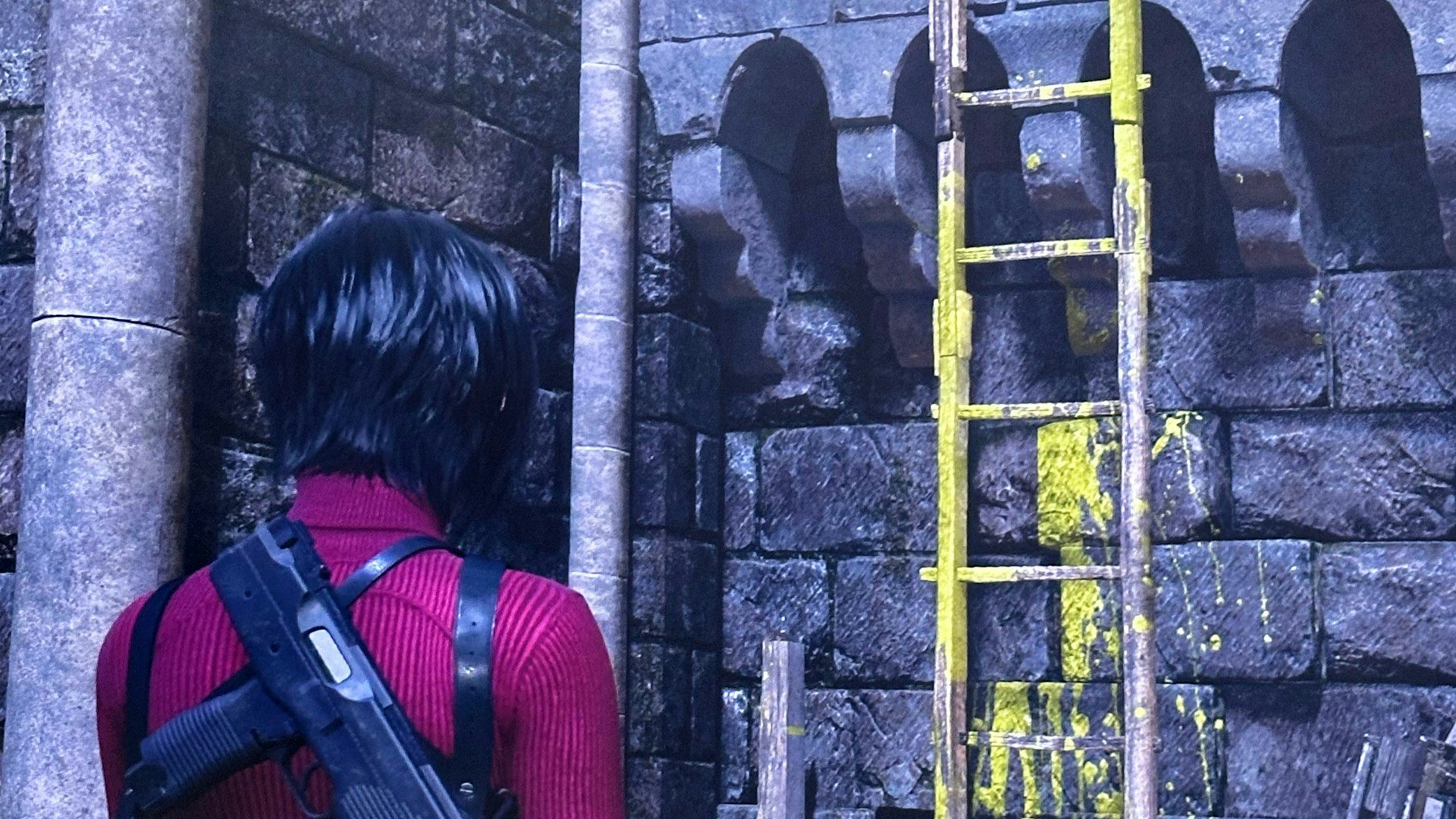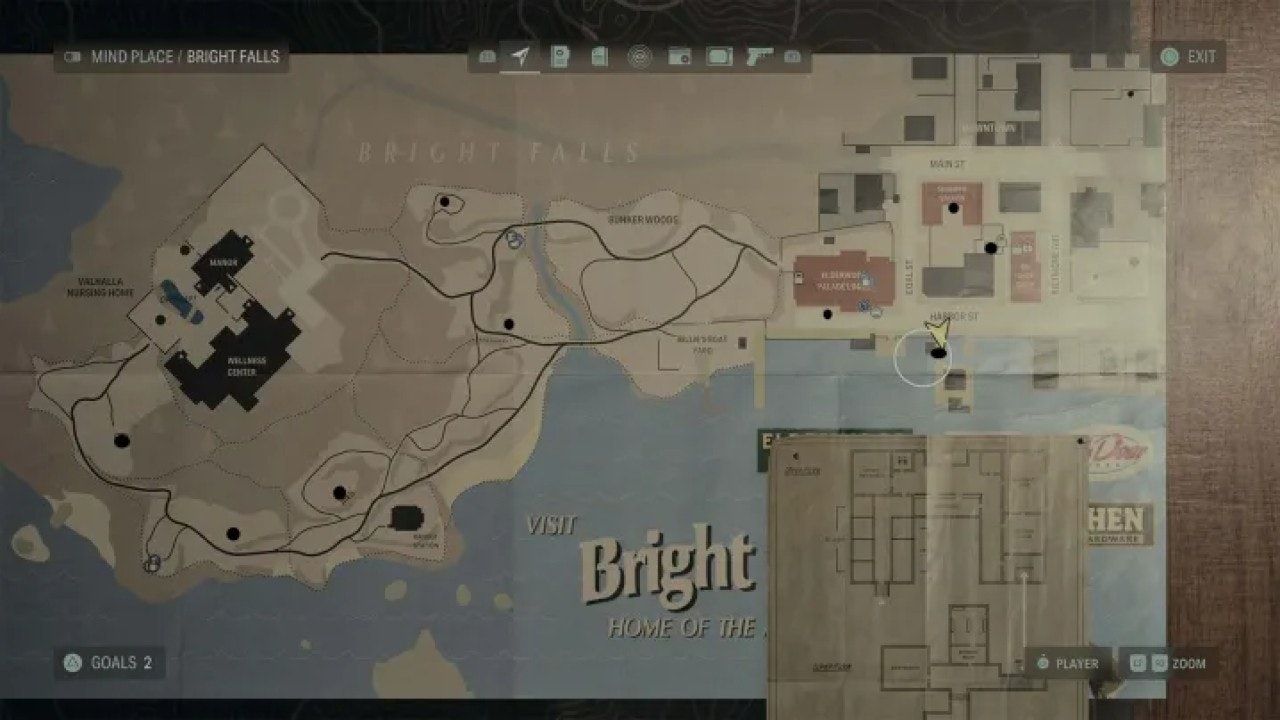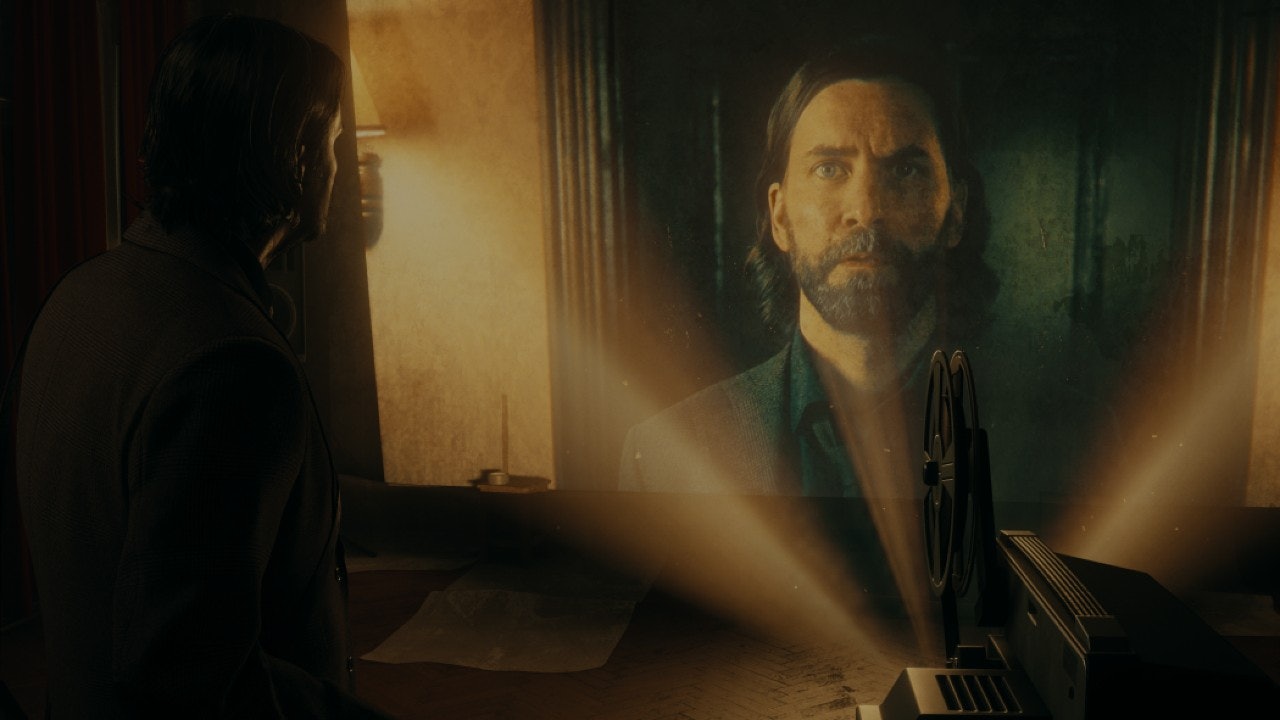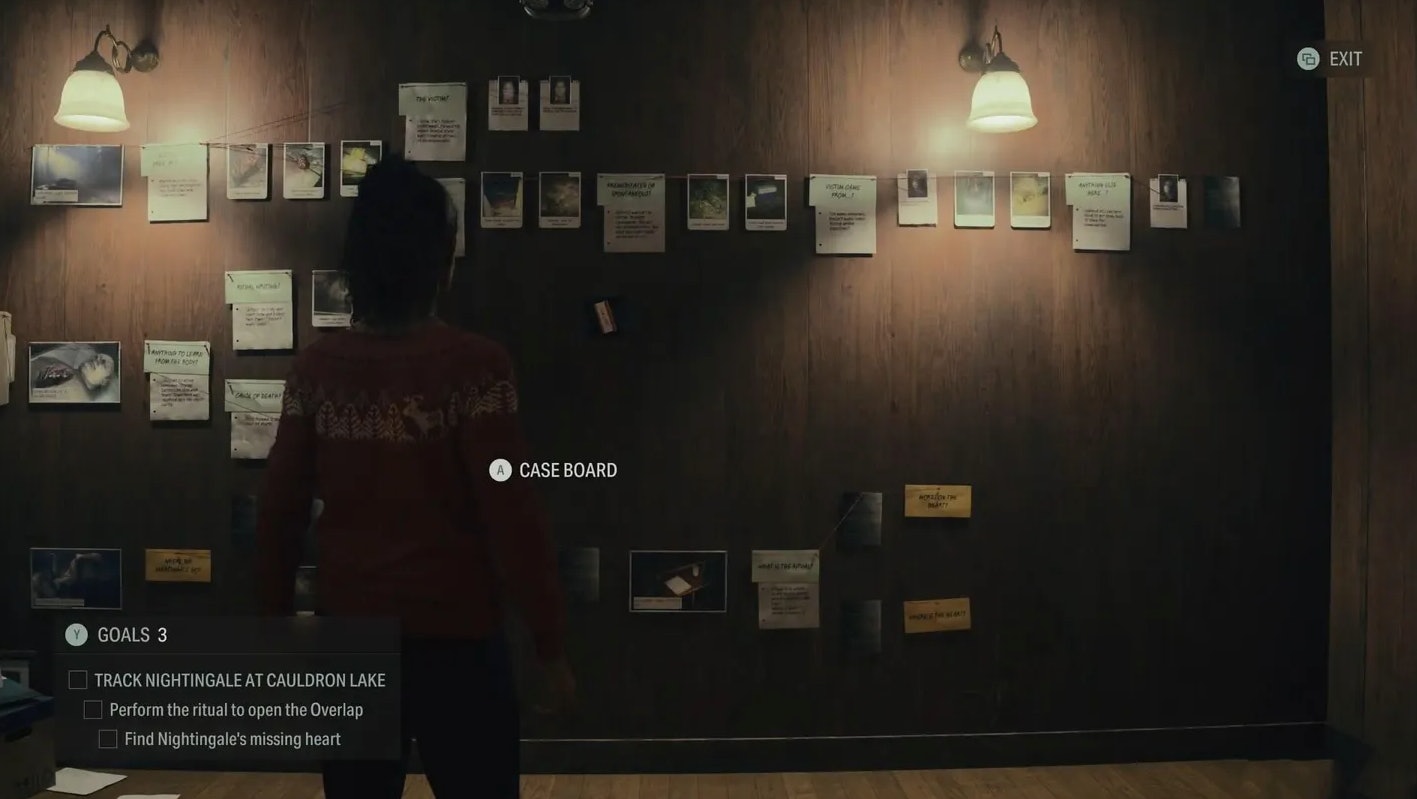
Alan Wake 2 is a brilliant new take on survival horror, combining hallmarks of the genre like resource management with Remedy’s trademark, twisty storytelling. The result is an experience that feels utterly unique in every way, but it wouldn’t be possible without one simple feature.
Alan Wake 2 trusts the player implicitly, both in terms of its narrative and gameplay experience. It doesn’t hold your hand, but crucially works like one massive puzzle, giving you the pieces to put together yourself. It’s something too many games forget these days, and why Alan Wake 2 feels so special.
In a world of 100-hour open-world video games, this is rarely the cast. It’s very much the norm to have games “hold your hand,” making sure there are constantly objective markers, hints, and even exact explanations to guide you from one challenge to the next. Certain titles recently have taken this to the extreme, like how God of Wår Ragnarok liberally spells out puzzle solutions.
When Ragnarok launched in 2022, many players complained of “backseat” NPCs who tell you exactly how to solve puzzles before you can figure it out yourself. In 2023, Resident Evil 4 sparked debates over the yellow paint it uses to highlight interactable objects in the environment, which some players feel breaks the immersion.

There’s something to be said for this type of hand-holding. Most video games want to appeal to players of all skill levels and experience, and features like this are a great technique for removing that barrier of entry. However, when it comes at the expense of the actual experience, it may be worth rethinking this strategy. Alan Wake 2 could provide the solution thanks to a mix of tight game design and hand-crafted mechanics.
There are no waypoints in Alan Wake 2. Rather, the game uses context clues, environmental details, and good old-fashioned maps to guide the player. Take the Oceanview Hotel, an unsettling collection of rooms and corridors within the game’s supernatural Dark Place. Gaining access to the hotel isn’t easy, but all the clues are laid out in front of you. Outside of the hotel, you’ll see a sign advertising a special cocktail. Turn around and look at the bar to find the price of an “Oceanview Cocktail,” which also happens to be the door code to get in. This is just one example of the way Alan Wake 2 layers in little details to cue you into points of interest, sidequests, or puzzle solutions.

Location maps are another perfect example. In Alan Wake 2, all the maps are designed as actual maps you might find in this universe. That means when you find a map you can see the entire area, you’re not discovering the world bit by bit. Instead, you can carefully plot out your route to pass by other points of interest.
If you simply follow the main story you’ll have enough to understand the basics, but Remedy has scattered a breadcrumb trail of extra details that can heighten your understanding and let you dig deeper. The studio has long used narrative details as collectibles, and Alan Wake 2 doubles down on that idea.
Throughout Alan Wake 2 you’ll discover Manuscript Pages that clue you into the plot. A few of these are required, but there are dozens of extra ones that provide more insight into side characters, the nature of the dark entity, and even the history of Bright Falls. Then there are non-collectible details, one that you can simply stumble upon.
Alan Wake 2 doesn’t spoonfeed you its plot. Instead, it gives you all the tools you need to find it for yourself, and then lets each player decide how much time they want to spend uncovering the truth about this dark reality.

One later level has Alan investigating a movie theater, and after completing the level you can re-enter the auditorium and watch a whole 10-minute live-action short film called “Yötön Yö” (“Nightless Night” in Finnish). It’s a fascinating film that also holds some potentially huge implications for two characters: Alex Casey and Ahti the Janitor. This entire film is completely optional, but it’s indicative of Remedy’s entire approach to narrative design. Exploration gives you concrete rewards like ammo and new weapons, but it also rewards you with knowledge and understanding.
And then there’s the Case Board, an ingenious feature used to organize Alan Wake 2’s many story threads and ideas. Various plot details are “clues” that you can then place on the board under specific case files. You’re only forced to inspect the Case Board a few times in the game, but it’s almost always an option — and a helpful tool to solve various puzzles throughout the game.

Alan Wake 2 is undoubtedly an incredibly trippy, mind-bending experience, and yet, Remedy has found a way for everything to simply make sense. There are still a lot of unanswered questions, especially in regard to the Remedy Connected Universe, but the way the studio uses narrative as the impetus for exploration is astounding.
With Alan Wake 2, Remedy knows it doesn’t have to spell everything out. The game trusts its players to make their own deductions and find their own way forward while providing just the right amount of support to steer them in the right direction. Alan Wake 2’s design flies in the face of so many modern conventions that we take for granted in video games. I just hope the rest of the industry is taking notes.







